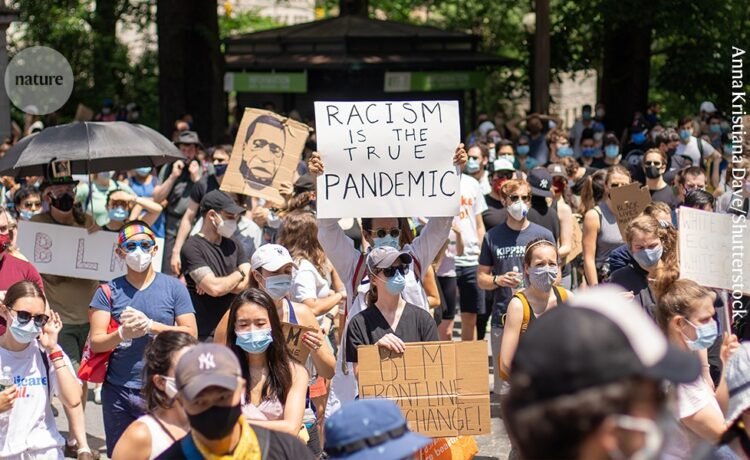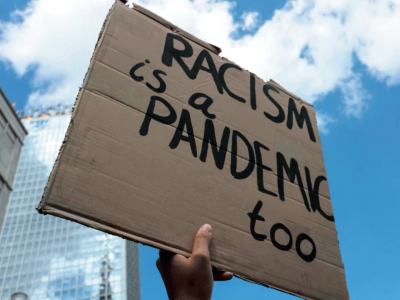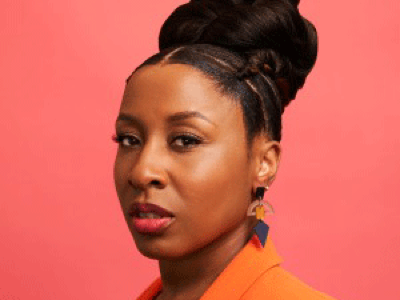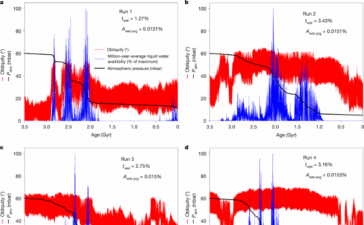Systemic: How Racism Is Making Us Ill Layal Liverpool Bloomsbury Circus (2024)
When Layal Liverpool developed light, itchy patches on her skin, she sought advice from medical doctors in the Netherlands and the United Kingdom. Without a clear diagnosis, she received several treatments during her teenage years and early adulthood that ultimately did not work. Liverpool resigned herself to having “some extremely rare skin condition that was impossible to diagnose or treat”. That is, until a dermatologist with dark skin quickly recognized eczema — a very common condition.
Liverpool’s experience of finding it hard to get a diagnosis is widely shared by people of racially and ethnically marginalized groups, who are systematically excluded from biomedical research and from the curricula used to train clinicians. Only 4.5% of images in textbooks used in top medical schools in North America represent dark skin tones (P. Louie and R. Wilkes Soc. Sci. Med. 202, 38–42; 2018). A similar bias is found in countries with a majority Black population, such as South Africa.
Her experience ignited a curiosity that grew — from asking whether doctors are well trained to treat skin conditions in darker-skinned people, to why health inequities persist across racial and ethnic lines. Turning to science journalism, Liverpool (a former Nature reporter) took a deep dive into these issues. Her investigations unequivocally pointed to racism.
Call out racism and inequity in reports on vaccine intentions
In Systemic, Liverpool portrays racism as a global systemic problem that harms all of us. The COVID-19 pandemic brought this inequity to public attention, but it is still not talked about as often as it should be. This book is outstanding in many ways. The harrowing differences in health outcomes that Liverpool presents are amply supported by evidence from a wide range of global sources. She draws from her own lived experiences, extensive scholarship and entrenched practices, as well as from many first-hand accounts from her family, researchers, clinicians, patients, policymakers, community members and activists — from Europe to Africa and from the Americas to Asia and Oceania.
Liverpool clearly highlights the benefits of racial and ethnic self-identification in health care, and makes a strong case for collecting data on race and ethnicity. Currently, only a handful of countries do so. Systemic also addresses the harmful misconceptions that race reflects underlying genetic differences and that genes explain health disparities. The book painstakingly shows how racial bias is prevalent in the design and use of medical devices as well as diagnostic and treatment algorithms and procedures. For example, for decades, an indicator of kidney functioning (the estimated glomerular filtration rate) was calculated by adding a multiplication factor for Black people — based on the racist assumption that waste-production levels in the kidney differ by race (N. D. Eneanya et al. Nature Rev. Nephrol. 18, 84–94; 2022). This biased the algorithm that informed diagnostic thresholds for chronic kidney disease and people’s eligibility for dialysis and transplants. Black people continue to be at higher risk of end-stage kidney disease than are white people.
There is no doubt — racism, not biology, is the main cause of racial inequities in health.
Systemic marginalization
Liverpool shows that racism is ingrained in the systems and structures that maintain society. She describes many examples of health inequities, from Black Brazilians having limited access to health care to an unmet need for culturally appropriate cervical cancer screening in Māori women in New Zealand. Racial residential segregation and racist economic, housing, employment, education and environmental policies and practices all contribute strongly to these outcomes.
Still, one book can’t cover everything. Systemic could have gone further in stating clearly how systems reproduce inequities, and how experiences in these systems are connected. Racially marginalized populations with high rates of unemployment, for instance, comprise the same people who are disproportionately exposed to environmental hazards and those with poor health outcomes. Their neighbourhoods are often exposed to pollution and environmental hazards and are more likely to be dumping grounds for industrial waste. Such neighbourhoods also tend to be food deserts — with limited access to healthy, nutritious and affordable products — and have under-resourced schools.
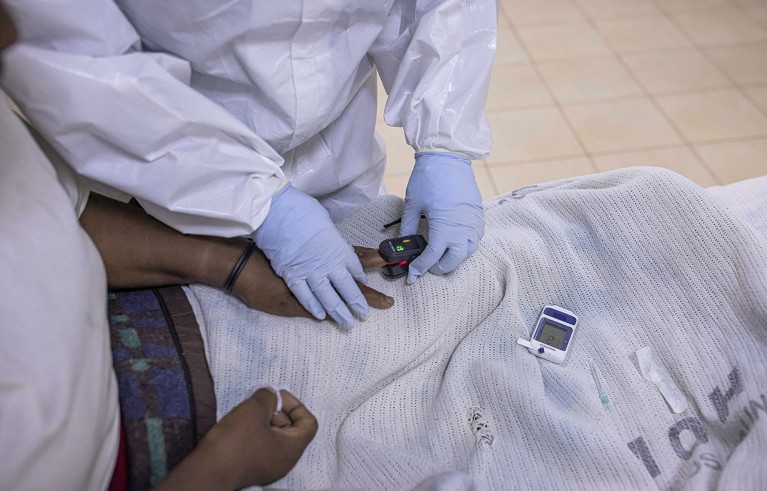
Racial bias is highly prevalent in the design of medical devices, such as pulse oximeters.Credit: Patrick Meinhardt/Bloomberg/Getty
This perpetuates a hierarchy of race: white people and others who belong to dominant racial or ethnic groups live in highly resourced neighbourhoods and continue to fare well in education, employment, health and other indicators of well-being. Simultaneously, those who belong to marginalized racial and ethnic groups fare worse in all aspects.
This hierarchy is reflected in, and maintained by, the distribution of structural advantages and disadvantages across the world. For example, whether someone is likely to gain wealth, have access to health care or garner political power, or is likely to experience chronic stress, poverty and political repression, is unfortunately often determined by race and ethnicity. This means racism not only operates across systems, but also is in itself an organized hierarchy of dominance.
And because people bring social contexts to medical encounters, the existence of discrimination in other parts of their lives, such as education, might affect how they approach health care. Someone doesn’t have to experience racism at a hospital for their health to be affected by it, to be wary of medicine or to avoid medical services.
Whiteness matters
Just as structural disadvantages can expose marginalized people to discrimination in other systems, directly cause illness or deplete resources that matter for their health, structural advantages can become resources to stay healthy. In fact, marginalized racial and ethnic groups are harmed by systemic racism because dominant groups benefit from it.
Systemic avoids whiteness and its benefits. In many parts of the world, whiteness is the standard against which other racial and ethnic groups are contrasted. It is not only a racial identity, but also the dominant ideology and culture. Liverpool makes the point that racism causes anticipatory stress — “perceived discrimination and racism-related vigilance” are linked to the prevalence of hypertension in Black people in the United States, for example. I would argue that the opposite isn’t just that whiteness causes no stress, but that it confers social, economic and political weight that doubles as a benefit. I also think that in providing protection against discrimination, whiteness buffers the effect of other stressors on health.
Nuance matters. Whiteness sustains itself by keeping other people at the margins — which can also harm those who are racialized as white. Policies such as paid sick leave and universal health care are known to lead to people having better health. Yet, sociologists have suggested that in the United States, for example, some white people have shown resentment towards such policies — even though they might have benefited from them — because of the perception that they would mostly benefit racially marginalized groups (J. Malat et al. Soc. Sci. Med. 199, 148–156; 2018).

Hindustan Unilever rebranded its skin-lightening cosmetic product as Glow & Lovely in 2020.Credit: Anushree Fadnavis/Reuters
Ultimately, whiteness is harmful because more value, resources and power are systematically assigned to those racialized as white than to others. It’s time to face the fact that the racism in medicine, discriminatory institutional practices and policies, interpersonal racism, colourism — a preference for lighter skin over darker skin — and discrimination on the basis of people’s features explored throughout Systemic are manifestations of this culture of white supremacy.
We are not powerless
Liverpool is right that racial and ethnic inequities in health are preventable. And eliminating them must mean dismantling white supremacy. If you are white, consider how you live and work in relation to the reproduction of racial oppression. Evaluate what it means to be white in different contexts and how you might avoid benefiting from racist policies and systems at the expense of others.
Academic workplaces are still failing Black women; they must do better
Dismantling systemic racism involves us all, regardless of our race or ethnicity. And people don’t need to be in health care, research, activism, policy or any specific professional space to be part of dismantling racism. Liverpool provides thoughtful suggestions and calls for policies and actions that are specific and precise — several of them doable for people across all walks of life. For instance, you could start listening to the experiences of others, raising awareness about racism, supporting and uplifting marginalized communities and those working for change, and challenging assumptions that there are biological differences between racial and ethnic groups.
I think that some of the most effective contributions to anti-racism are from people who habitually interrupt racism — racist behaviours, jokes, assumptions or language — in their personal spaces and networks. These actions challenge racist ideas and frameworks that might otherwise go on to influence policies, institutional norms and practices that then sustain racist systems.
Systemic is a wide-ranging, inquisitive book about health care and society — and ultimately a call for change. Liverpool makes available a plethora of resources and advocacy groups that should help everyone to get involved in anti-racism efforts. Lack of information should not be our reason for inaction. We, as a society, are informed and equipped. But are we willing to engage in sustained action? We must.

